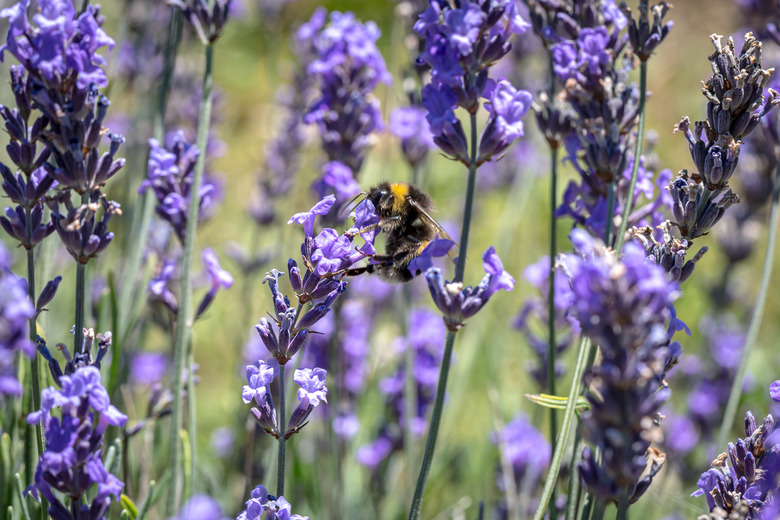Shade-Tolerant Varieties Of Lavender
Lavender (Lavandula spp.) loves sunlight, but there are some shade-tolerant varieties of lavender to consider. Many species of lavender will grow in partial shade and exhibit moderate shade tolerance, but vigor and full blooms are hard to come by in such conditions. If you want strong plants and a heavy aroma from your lavender, you should plant it in a location with full sun and little or no shade.
Shade-Tolerant Lavender
English lavender (Lavandula angustifolia, USDA zones 5-8) grows best in full sun and on well-draining soil, but it is somewhat shade tolerant and will still grow under low light. Under optimal conditions, it can reach a height of 2 feet and a width of 3 feet. Soil pH should be between 6.5 and 7.3 for optimal growing conditions, whether the lavender is in full or partial sun. Use a soil tester to determine the pH.
In shade, it is less likely to achieve full size, though a limited amount of shade is still acceptable for growth. Do not overwater shade-tolerant varieties of lavender plants, and make sure the soil can drain to avoid root rot. The potpourri-like scent of English lavender is weaker in low light and moist conditions.
Other Shade-Tolerant Species
Some types of lavender exhibit moderate to minimal shade tolerance but will not grow vigorously without mostly sunny exposure. These somewhat shade-tolerant varieties of lavender include Spanish lavender (Lavandula stoechas, zones 7-9), French lace lavender (Lavandula multifida, zones 8-10) and French lavender (Lavandula dentata, zones 8-9). These species grow best under full sun or sun with some clouds, but extreme shade can be detrimental to their growth and flowering.
Growing Lavender in Shade
If you grow lavender in the shade, the plant will probably be somewhat stunted in growth and will not produce as many fragrant blooms. A spot with some dappled shade will be better than full shade, so choose a spot with as much sunlight as possible for your lavender plants.
If you find no light is getting to the plant at all, it may be a good idea to transplant it to a sunnier spot. One of the problems with growing lavender in shade is the risk of root rot. Without lots of sun, soil has trouble drying, which can lead to this fungal disease affecting the plant. Provide quick-draining soil, water only in the morning and allow plenty of space between plants to prevent this problem.
Non-Shade-Tolerant Lavender Species
Most species of lavender will grow in partial shade, but spike lavender (Lavandula latifolia, zones 6-9) is an exception. It should be planted in a location with full sun exposure and well-drained soil as it may not grow at all if planted in the shade. Spike lavender prefers hot, dry climates and can withstand temperatures of 110 degrees Fahrenheit or hotter. But it has highly scented flowers and, like all species of lavender, a shady spot is best for drying the flowers once they are cut from the plant.
